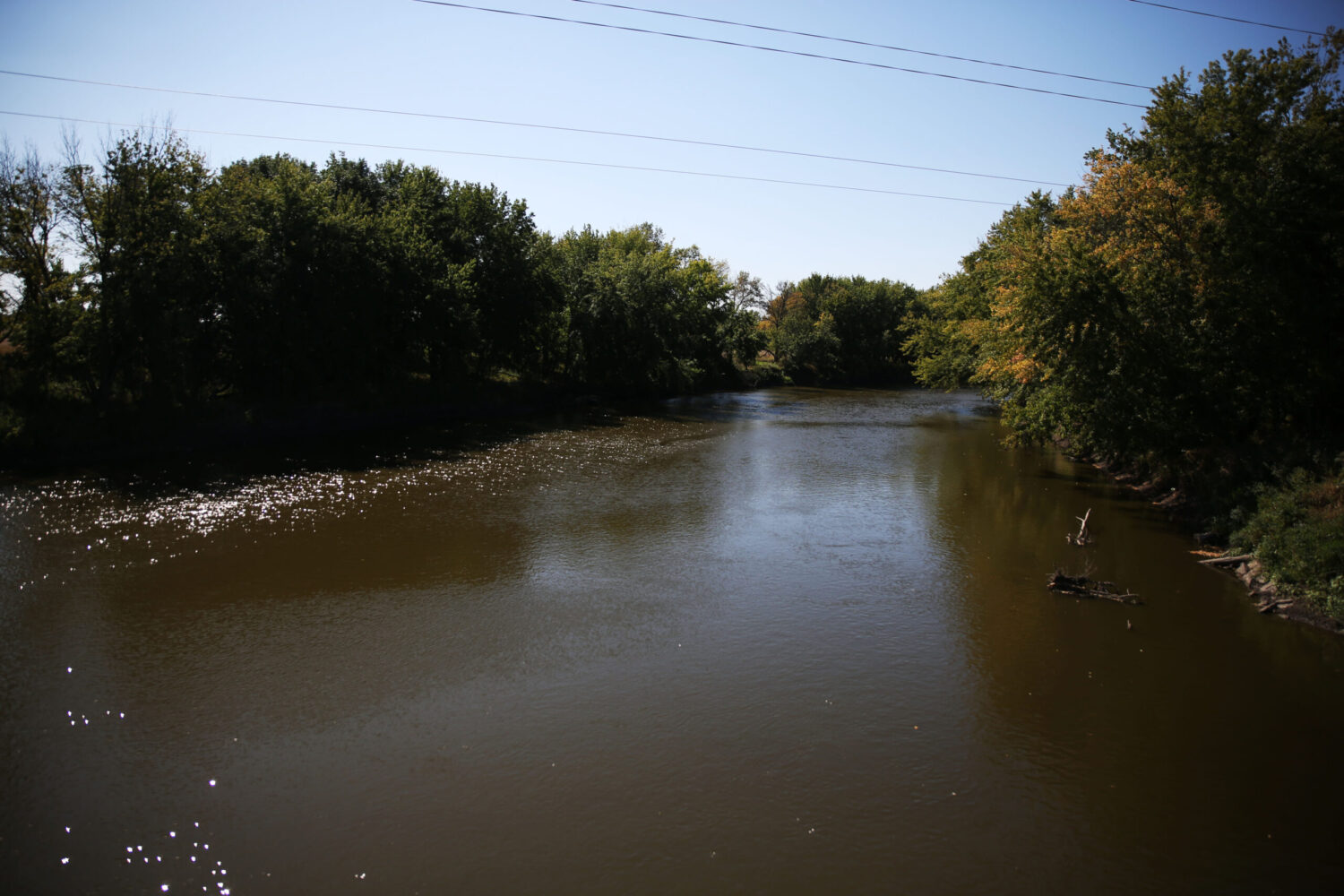
Joshua Haiar, South Dakota Searchlight
A $3 million state effort to help landowners keep their agricultural runoff out of the Big Sioux River has experienced a spike in enrollments since the program began offering higher payments.
The Legislature authorized the Riparian Buffer Initiative in 2021 with a spending deadline of June 30, 2025.
The river is polluted with dissolved soils, agricultural chemicals and livestock waste beyond levels safe for uses including fishing and swimming. The program pays landowners to leave a vegetated area along the river or a tributary, which helps to filter out pollutants before they enter the water. Buffer strip root systems also prevent erosion along the banks.
However, nobody had signed up for the program by January 2023.
“The feedback that we got back was that we’re not paying enough to really move the needle,” Hunter Roberts, secretary of the Department of Agriculture and Natural Resources, told lawmakers at the time.
So, the department doubled incentive payments that year.
Under the old rates, a 50-foot wide, half-mile-long buffer under a minimum 10-year contract would have yielded a total payment of about $5,000 for cropland and $1,300 for pastureland. Under the new formula, the rates for the same examples increased to about $13,000 for cropland and $3,400 for pastureland.
Since then, interest in the program has increased.
According to the Department of Agriculture and Natural Resources’ 2024 progress report, the department had enrolled 35 total projects as of late October, covering 608 acres of buffers along 218,556 linear feet of the river.
The department estimates that will result in annual reductions of 1,593 pounds of nitrogen, 332 pounds of phosphorus and 206 tons of sediment entering the river.
The project has spent $1.17 million of its $3 million in funding. An additional $800,000 has been earmarked for 26 buffer projects in progress, covering another 382 acres and 143,000 linear feet of the riverbank. The report emphasizes the department’s intent to fully allocate all remaining funds by the program’s deadline of June 30, 2025.
The report notes that partnerships with the South Dakota Game, Fish, and Parks Department, Ducks Unlimited, Pheasants Forever and other conservation organizations have been instrumental in promoting the program.
While the state program has made strides in increasing participation, it has also faced questions regarding its overlap with existing local initiatives. Similar projects established by the East Dakota Water Development District, based in Brookings, also offer buffer zone support along the river. Those projects’ administrators said they had enrolled over 100 landowners and nearly 3,600 acres, totaling almost 89 miles of stream protection, as of November 2023.
